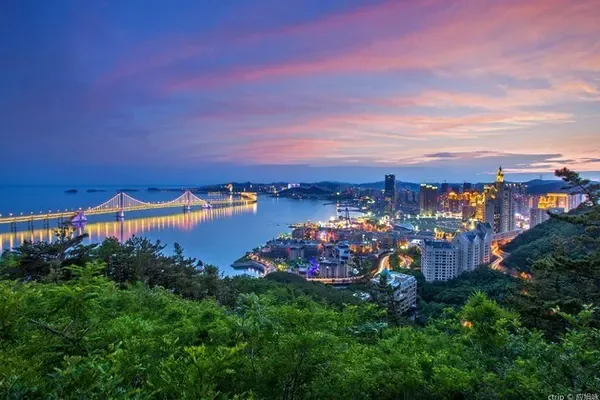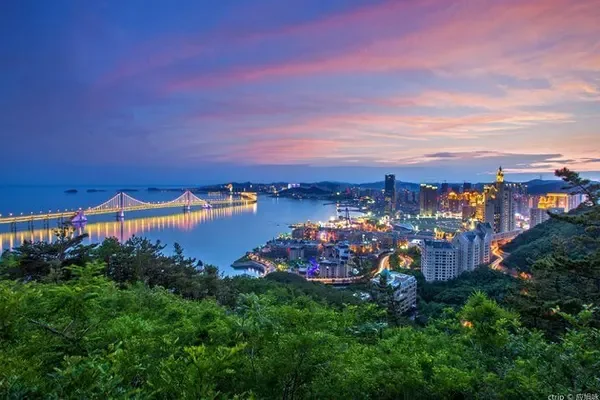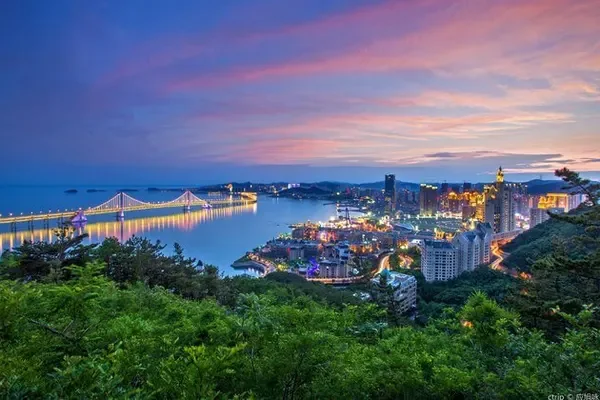This is the last travel note of our trip. Before finishing writing, the idea of going to Xinjiang for the third time has come to mind.
The Beishan section that did not become the Duku Highway, detoured westward from Nalati to Yili. That's a high-speed road, eating naan and singing songs while driving. This detour took more than 480 kilometers, but the road condition was good and it only took an extra day. Now that we are in Yili and it is the season when Huocheng lavender is in full bloom, we cannot let this beautiful time live up to us. Before the G30 Lianhuo Expressway on the Qingshuihe Overpass, I went to Qingshuihe Town to look at the lavender garden. Perhaps the soil and climate in this area are particularly suitable for the growth of lavender, and lavender is planted everywhere, one after another. Lavender deep-processing companies and sales shops are next to each other. There are so many sachets, essential oils, pillows, etc. made of lavender. Everyone also bought some souvenirs and prepared to give them to relatives and friends when they go back.









In the evening, stay in a hotel in Wusu City. This area is also very strange, it is the junction of three cities and states. Wusu City belongs to the Tacheng area. It is adjacent to Kuitun City to the east of Yili Kazak Autonomous Prefecture, and to the south is Dushanzi District of Karamay City. There are oil refineries and petroleum machinery factories here, all of which serve the Karamay Oilfield. We had a breakup meal in Wusu in the evening, and we will go our separate ways when we return to Urumqi tomorrow. When you arrive in Wusu, you must drink the famous Wusu beer. There is a green label with a lower alcohol content, and a red label with a high alcohol content of 8 degrees. I heard that there is a higher alcohol content of 11.3 degrees. That's why it's called "The Great Usu".


Not far from Wusu City, there is a very small scenic spot "Anjihai Grand Canyon", which can be found by navigating on Baidu map. This is also the last project of our trip. This place has been reported in "China National Geographic". Rather than saying that this is a canyon, it is better to say that it is a large crack or rift valley formed by the erosion of the Anjihai River on the earth for tens of millions of years. Because of the special geological conditions here, they are all soft sandstone soil structures, and there are coal seams not deep below the surface. The 7th Division of the Construction Corps is mining open-pit coal mines not far away. The upper reaches of the Anjihai River is Bajiangou, which originates from the main peak of Yilian Habiga Mountain, rushes out of the Tianshan Mountains near Tungut, and rushes out of the Tianshan Mountains like a wild horse. The river cuts out cliffs and valleys in the plain and hilly area about seven kilometers north of Yuanxing Palace, forming a landform rarely seen in the world. Because the ground contains a variety of minerals, the faults present a variety of colors, such as Red Mountain, Daiya, Qingfeng, Green Island, and Clear Water, just like a ribbon flying at the foot of the northern slope of Tianshan Mountain. Some people say that it is like an abstract picture of Picasso. But at different moments and in different seasons people see different pictures. Just as there are a thousand Hamlets in the hearts of a thousand people, there are a thousand Anjihai Rift Valleys in the eyes of a thousand people. After tens of millions of years of erosion, the ground cracked rock wall is hundreds of meters high from the top of the valley to the bottom of the valley. Standing on the top of the valley and looking at the calf is really a bit weak. In the past two years, someone who didn't know how to live or die drove the car to the edge of the cliff, but the car and the person fell to the bottom of the valley. For the sake of safety, barbed wire and iron fences are now pulled up on the side of the road to prevent tourists from approaching, but there is always a place where you can step in. The Tianshan snow-capped mountains in the distance, the endless grassland, and the rift valley in front of you constitute a beautiful picture. We visited here for about two hours, looking at a lonely tree on a thousand acres of grassland and reluctantly left.















About 50 kilometers away from here, there is also a rift valley with a similar shape called "Dushanzi Grand Canyon". That place was washed out by the Kuitun River that came down from the Tianshan Mountains. The cracked canyon has been developed for commercial tourism, a high-altitude swing was built on the cliff, and a glass bridge was built between the two banks. Safety has been guaranteed, but the taste has changed. This Anjihai Grand Canyon is not a place.
A reminder, friends with high blood pressure or fear of heights, don't go to these places.
After leaving the Anjihai Earth Fissure Canyon, we arrived directly at Urumqi Diwopu Airport in a three-hour drive, and flew back to our home in the evening. Goodbye to Xinjiang, goodbye to the partners along the way. The next target is Shaerxili in Bozhou, Zhaosushate Grassland in Yili State, Qiaxi Grassland in Gongliu, Camel Neck Ditch in Xinyuan, Gongnais Forest, and the northern section of the Duku Highway will not be accessible.


